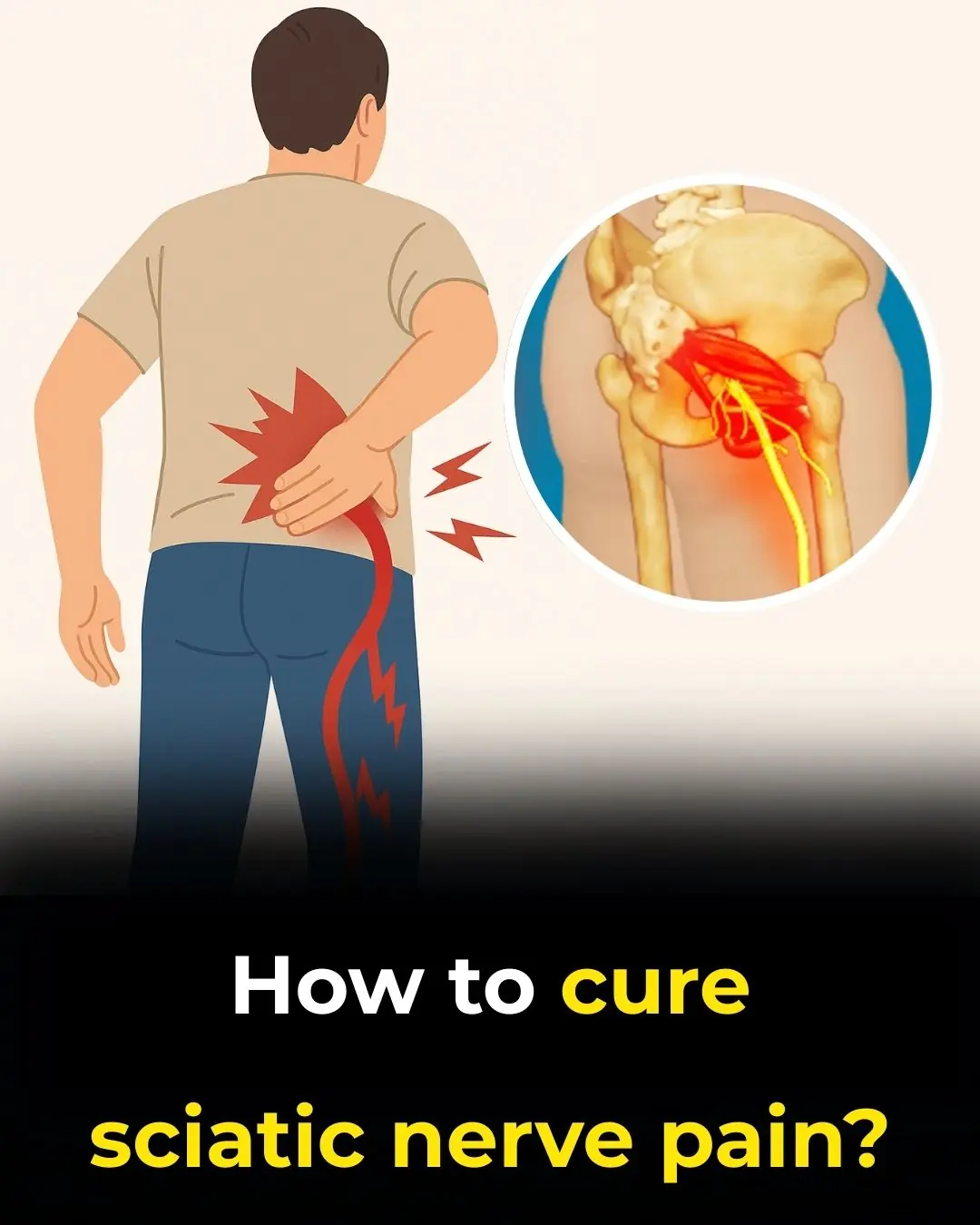
This is why you have leg cramps at night and how to fix this problem
Leg cramps at night are a frustrating and often painful experience that interrupt sleep and leave many people wondering why their muscles suddenly tighten without warning. These involuntary contractions, usually occurring in the calf or foot, can last from a few seconds to several minutes, causing lingering soreness even after the cramp passes. While night-time leg cramps are very common, especially among adults and older individuals, many people do not fully understand what causes them or how to effectively prevent them. By learning the main triggers behind these muscle spasms and adopting a few simple habits, you can significantly reduce their frequency and enjoy more restful nights.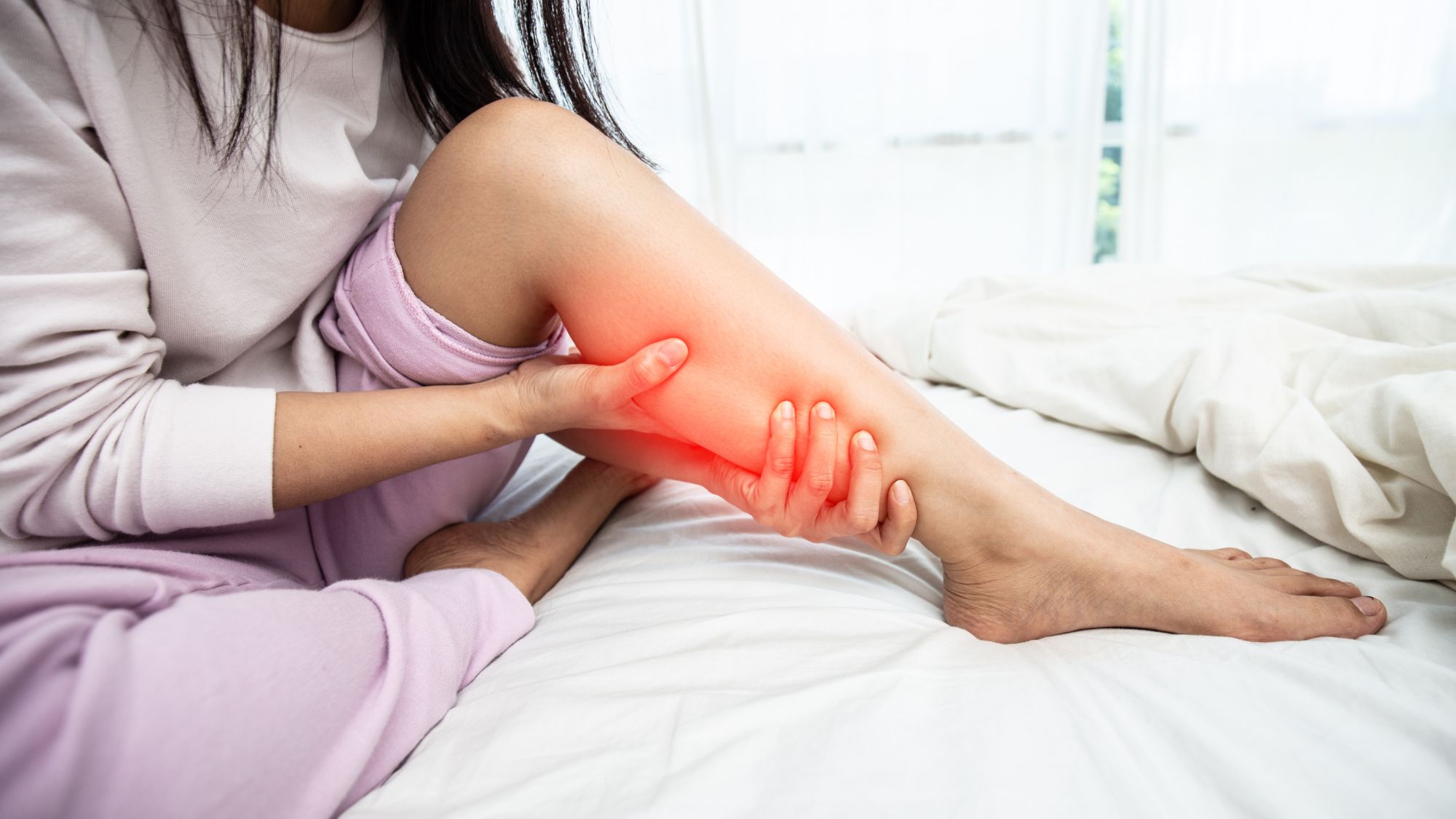
One of the most common reasons for nighttime leg cramps is muscle fatigue. When your muscles are overworked during the day—whether from walking long distances, standing for hours, or engaging in strenuous exercise—they may become tense and more likely to contract suddenly during sleep. Another major factor is dehydration. Muscles require proper fluid balance to function well, and when your body lacks water, the muscle fibers become more sensitive, making cramping more likely. This is why cramps often occur after intense workouts, hot weather, or simply not drinking enough water throughout the day.
Electrolyte imbalance is another key cause. Minerals such as magnesium, potassium, calcium, and sodium play essential roles in muscle contraction and relaxation. When these minerals become imbalanced—often due to poor diet, excessive sweating, or certain medications—the muscles struggle to relax properly, increasing the risk of spasms. Similarly, poor blood circulation can contribute to leg cramps. When blood flow to the legs decreases, the muscles may not receive enough oxygen, causing them to tighten involuntarily.
Lifestyle and daily habits also play a large role. Sitting for long periods, crossing your legs frequently, or wearing high heels can shorten the calf muscles, making them more prone to nighttime cramping. Sleeping positions that keep your toes pointed downward can also trigger cramps because this position tightens the muscles in the back of your legs. Age is another factor, as muscles naturally lose elasticity and strength over time, making cramps more common in older adults.
Fortunately, there are several effective ways to reduce or even eliminate nighttime leg cramps. One of the simplest methods is to stay hydrated. Drinking enough water throughout the day helps maintain proper muscle function and prevents dehydration. Adding foods rich in electrolytes—such as bananas, avocados, leafy greens, nuts, and yogurt—can also help balance essential minerals.
Another helpful solution is to stretch your leg muscles regularly, especially before bedtime. Gentle calf stretches, ankle rotations, and hamstring stretches can relax the muscles and improve flexibility. Some people find relief by massaging their legs or applying a warm towel or heating pad before sleep to increase blood circulation. Wearing comfortable shoes with proper support during the day can also make a difference, especially for those who stand or walk a lot.
If a cramp strikes during the night, the quickest way to relieve it is to gently stretch the affected muscle. For calf cramps, try straightening your leg and flexing your foot upward. Standing up and placing weight on the leg may also help the muscle relax. Light massage or applying warmth can ease the discomfort faster.
In many cases, nighttime leg cramps can be significantly reduced with simple lifestyle changes. By staying hydrated, maintaining balanced electrolytes, stretching regularly, and supporting your muscles throughout the day, you can greatly minimize the discomfort and enjoy more peaceful nights.
News in the same category

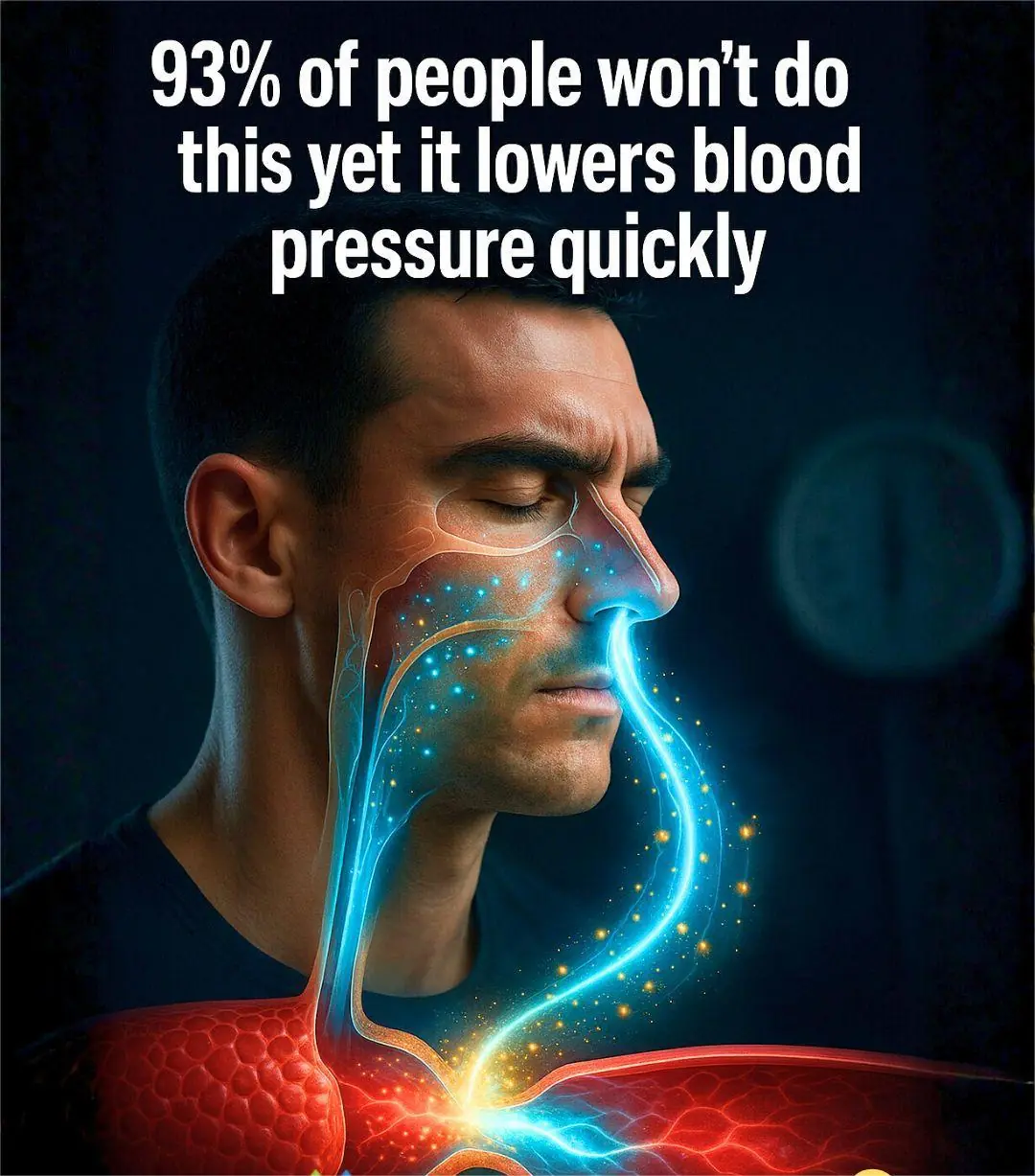
93% of people won’t do this yet it lowers blood pressure quickly

What Happens to Your Body When You Eat Canned Tuna Every Day

This Tropical Fruit Could Help Protect Your Liver and Fight Cancer

6 Foods You Absolutely Need To Avoid If You Suffer From a Thyroid Disorder
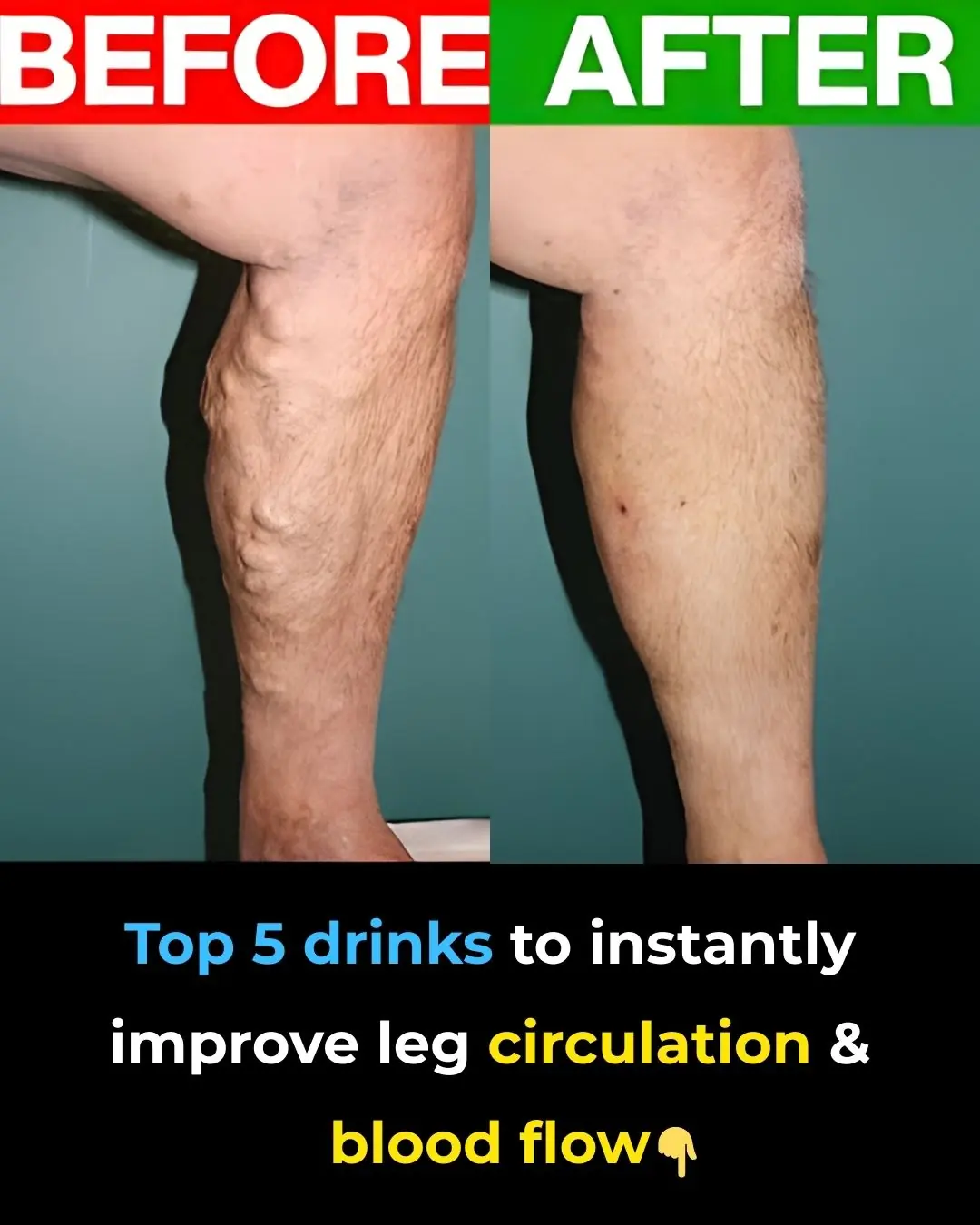
Top 5 drinks to INSTANTLY improve leg circulation and blood flow

Is Your Blood Too Thick? How Poor Circulation Can Affect Your Entire Body

The Plant That Kills Cancer Cells, Stops Diabetes And Boosts Your Immune System!
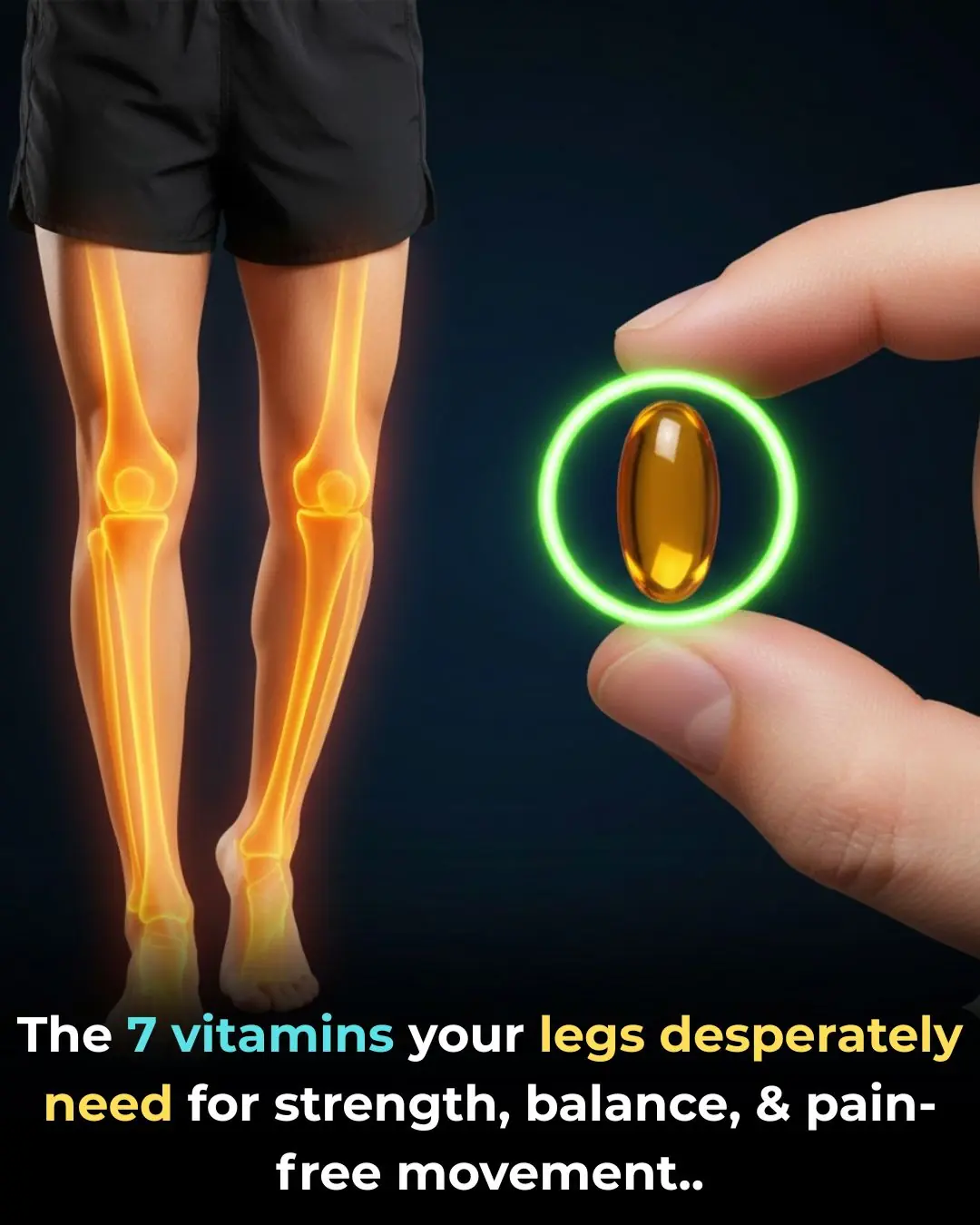
7 powerful vitamins you need for strong, healthy legs
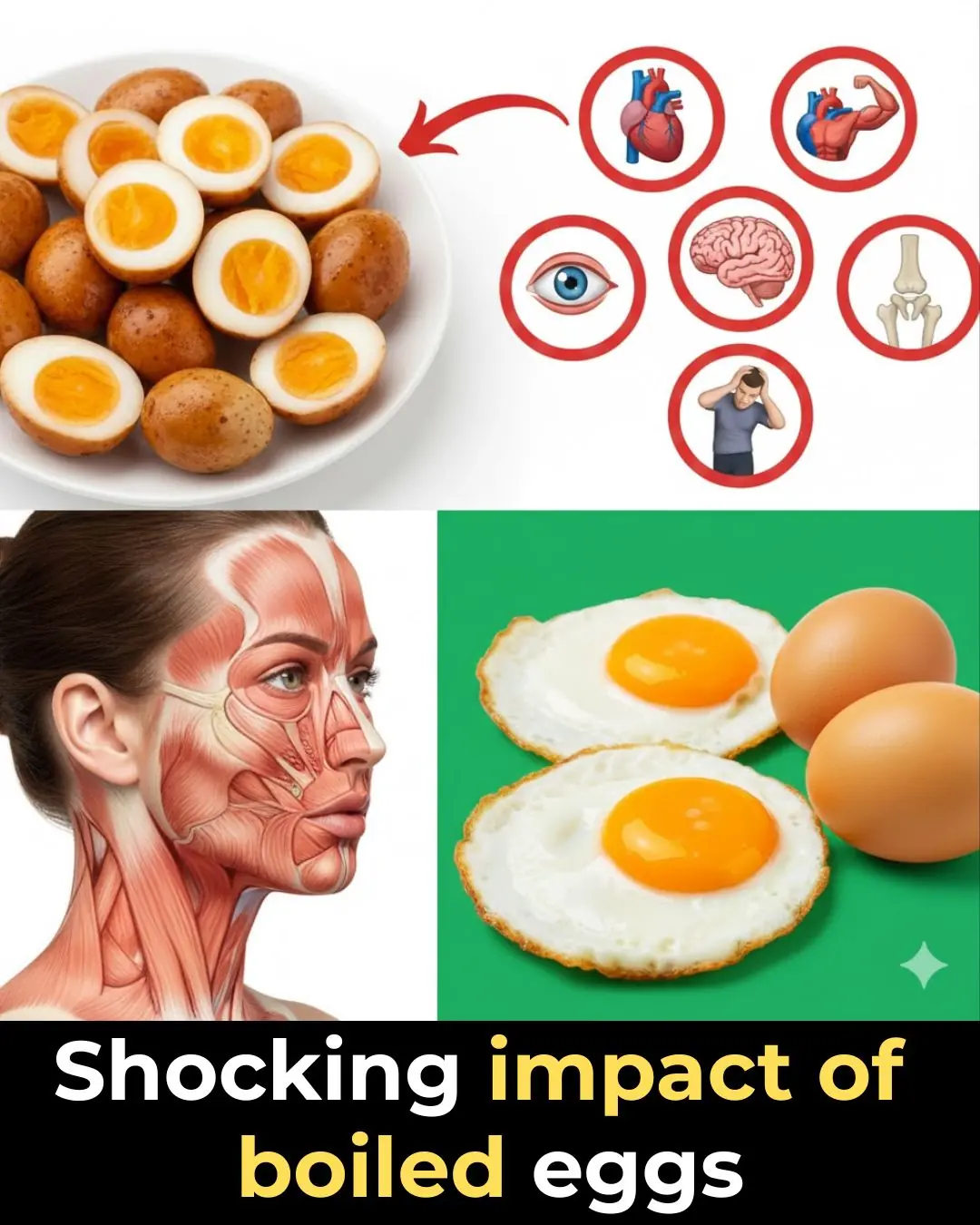
Why Boiled Eggs Deserve a Spot on Your Breakfast Table

What Happens to Your Body When You Eat Canned Tuna Every Day

2-Minute Painless Hair Removal: Natural At-Home Solution

Grounding with Trees: How Barefoot Earthing and Tree Energy Restore Your Natural Balance
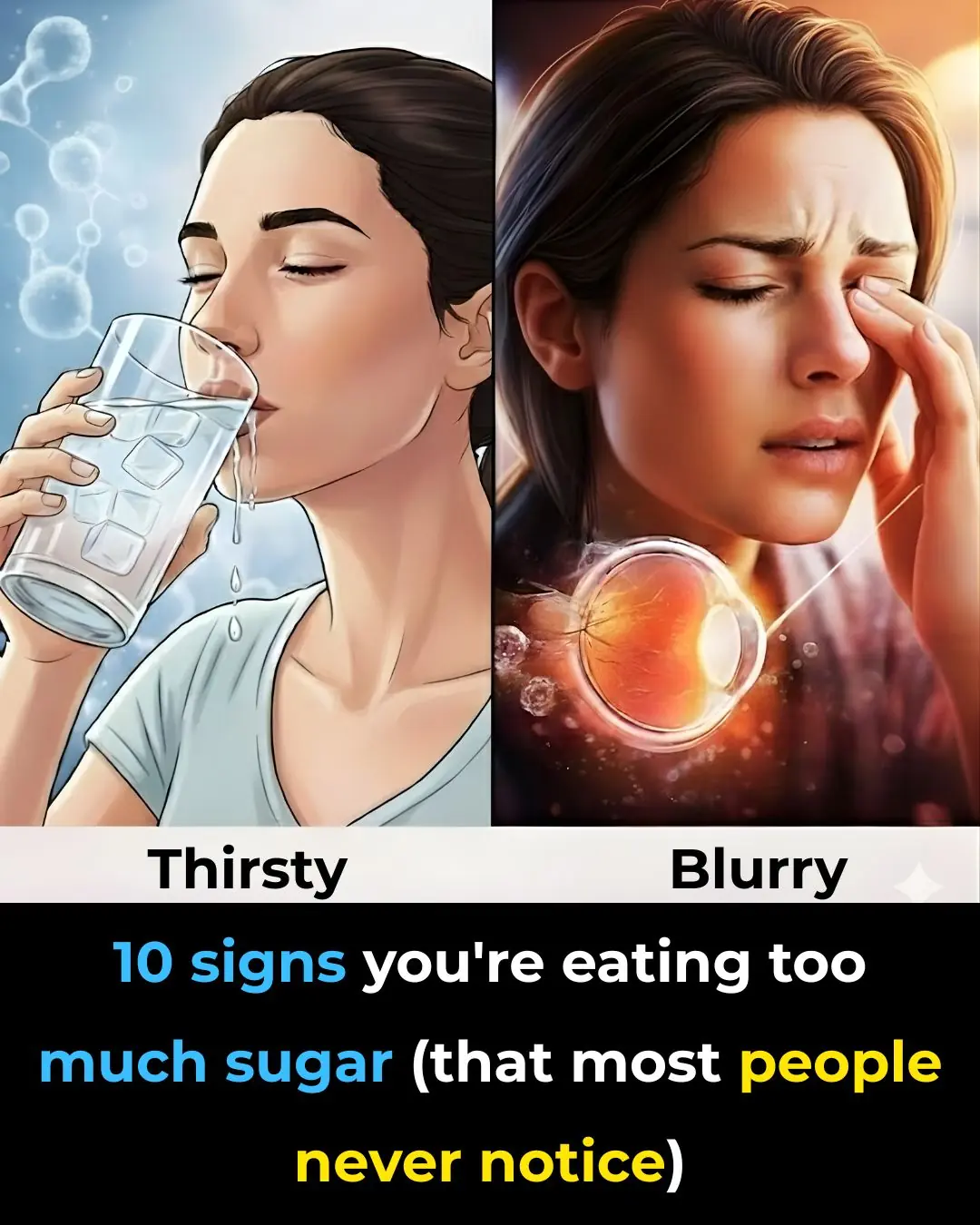
10 signs you’re eating too much sugar
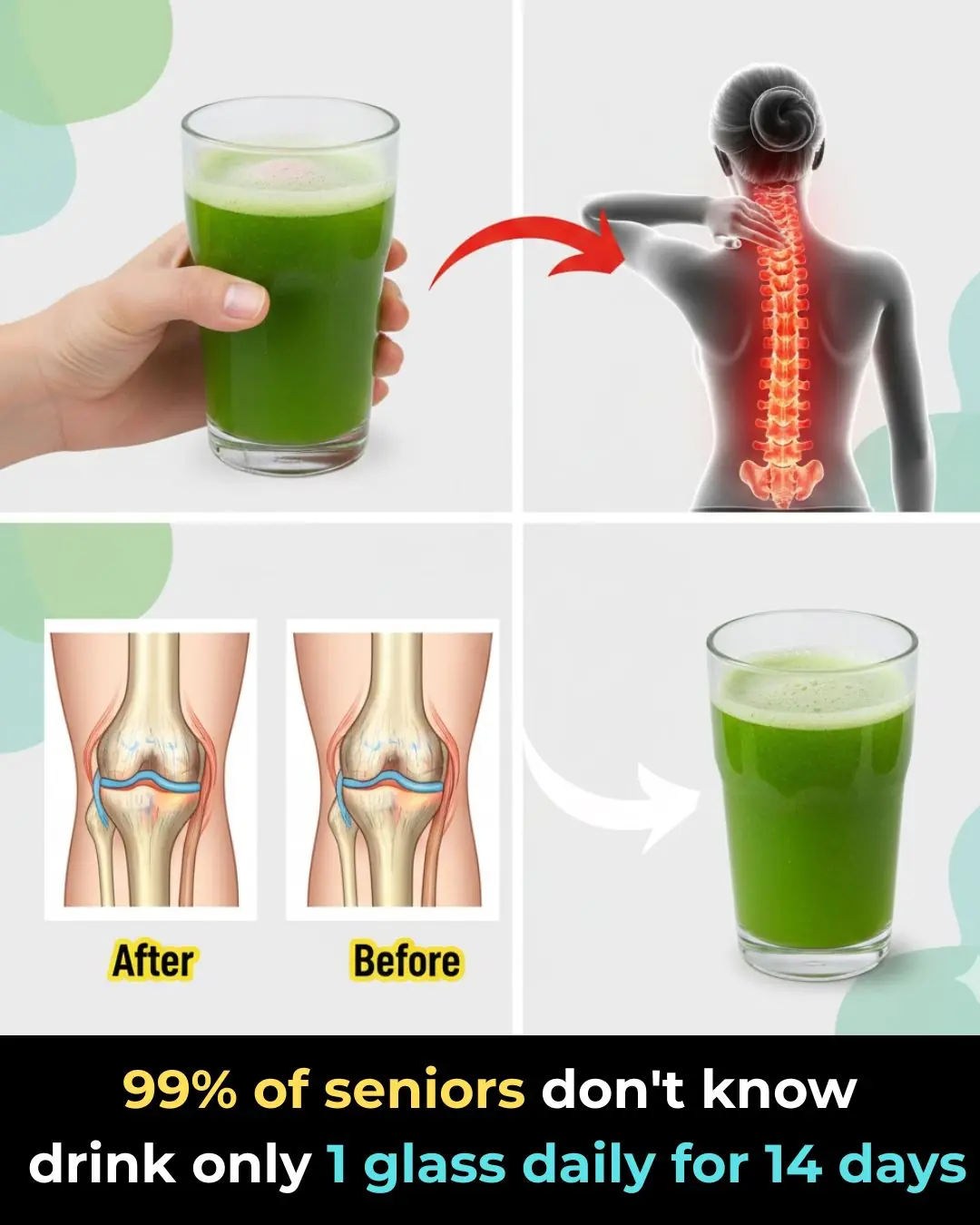
A Natural Drink That Helps Ease Knee Pain in Just 14 Days

Drink this daily to support cleaner arteries
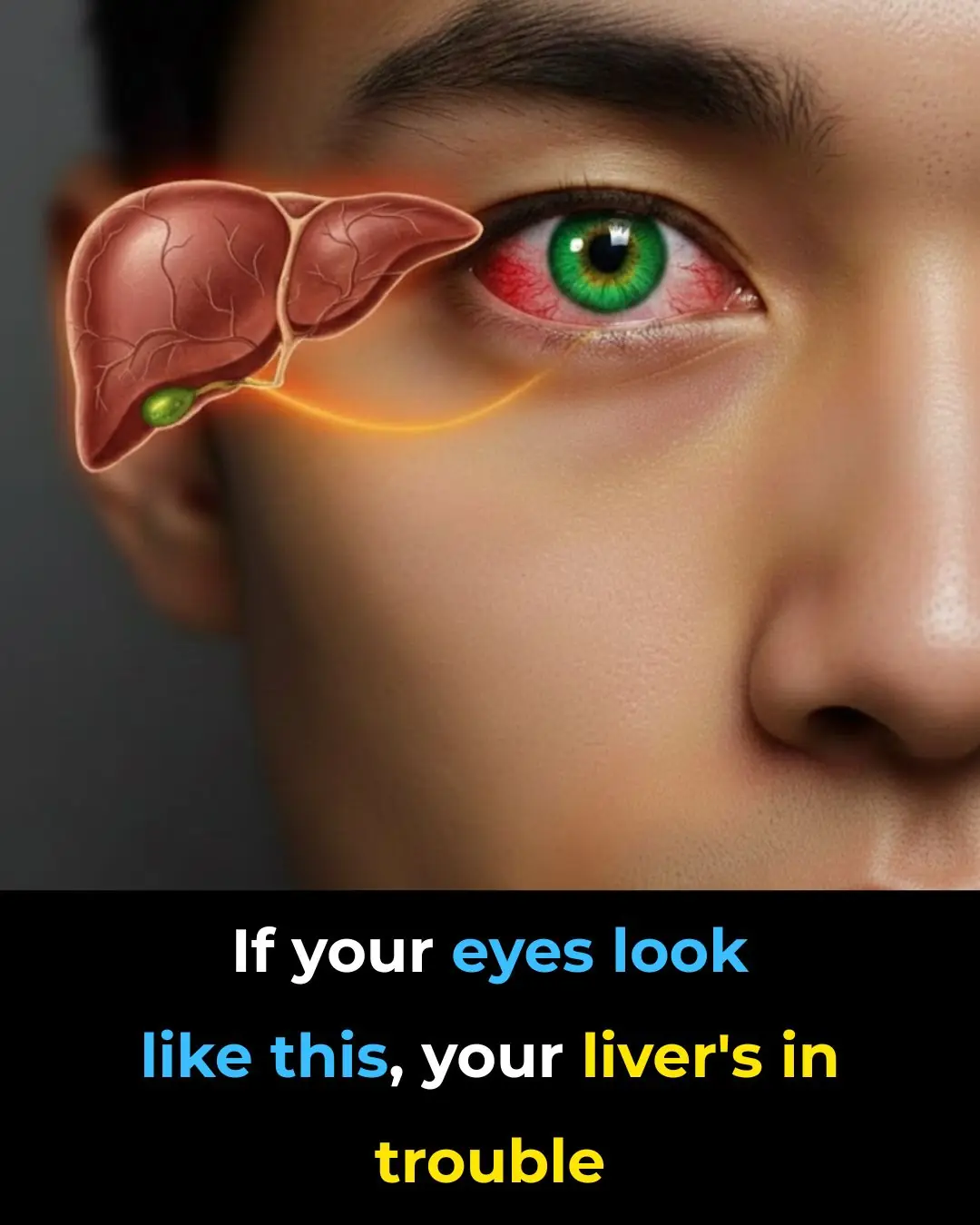
If your eyes look like this, your liver’s in trouble

Stop Wasting Money on Pills — Try Chayote Instead! (Natural Remedy Guide)

Beetroot and Ginger: A Powerful Natural Duo for Whole-Body Wellness
News Post

Gentle Stretches to Relieve Sciatica Pain

Think Twice Before Putting Parchment Paper in the Oven

Georgia Teen Accepted to 53 Colleges With $1.8M in Scholarships, Inspired by Her Parents’ Legacy

‘Please Keep This’: Serena Williams’ Curve-Hugging Dress In New Photos Has Fans Saying She’s Entered Her ‘Bad Girl’ Era

‘Will They Affect the Flips?’: Simone Biles’ Hourglass Shape in New Video Has Fans Zooming In as They Patiently Await Her Olympic Return

106 & Park to Celebrate 25 Years With an Epic Reunion at the 2025 BET Awards

Sly Stone, Funk Pioneer of ‘Sly &The Family Stone,’ Has Joined the Ancestors

Debbie Allen To Receive Honorary Oscar at This Year’s Governors Awards

NFL Legend Walter Payton Posthumously Honored With Golden Diploma From Jackson State University

Tristan Mack Wilds and Greg Cally Announce Michael K. Williams Creative Fellowship to Honor the Late Actor’s Legacy

9 Black Sibling Groups That Redefined Soul Music

When your non-stick pan loses its coating, don’t throw it away—do this and it will look new again

How to make delicious and attractive steamed chicken with lotus leaves

Add this to crab soup, the crab fat will form large, beautiful blocks.

Stick a toothpick into a bottle of essential oil, a little trick to handle all troubles that everyone loves.

Tips for growing strawberries in pots to produce large, heavy fruits that the whole family will enjoy

What to do if food is too salty? 7 simple ways to fix salty food naturally

When buying ham, just look at this point to know immediately whether the seller put borax in it or not?

Super fast way to defrost meat in just 5 minutes, ensuring the meat is soft and delicious, without losing nutrients
